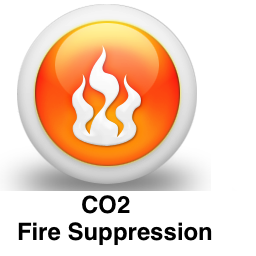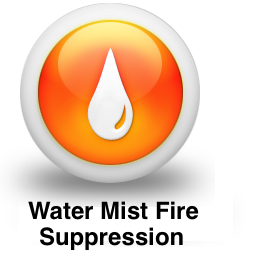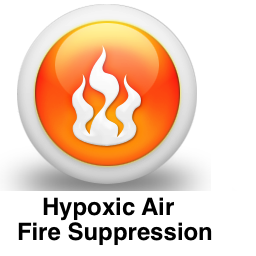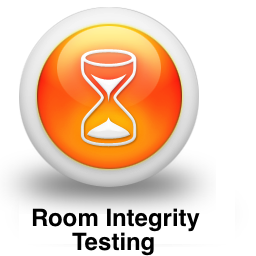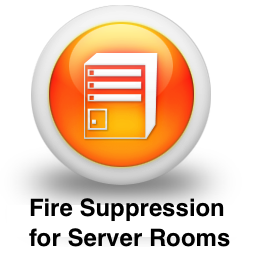Fire suppression systems for server rooms and data centres
Home > Fire Suppression > Fire Suppression systems for server rooms and data centres
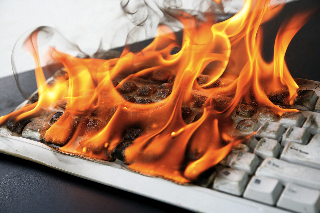
 Fire suppression systems for server rooms and data centres are essential to the server room itself. A fire suppression system will automatically extinguish a fire without the need of human intervention. Fire suppression systems for data centres must be suitable for clean air environments, as server rooms and data centres are mostly occupied by personnel.
Fire suppression systems for server rooms and data centres are essential to the server room itself. A fire suppression system will automatically extinguish a fire without the need of human intervention. Fire suppression systems for data centres must be suitable for clean air environments, as server rooms and data centres are mostly occupied by personnel.
The designs standards for Fire suppression systems for server rooms and data centres are carried out with strict guidelines, as the fire suppression agents used can be dangerous if not designed correctly.
Fires within these types of environments are suppressed in two different ways:-
Method 1 - Inert gas fire suppression systems for server room and Data Centres - Reduce Oxygen

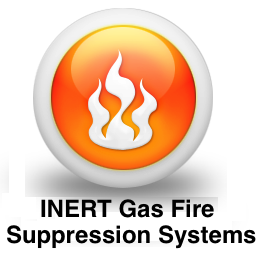
This method uses Argon/Nitrogen and sometimes a small element of CO2 to displace the oxygen in the server room. The basis of this method is to reduce the oxygen level to below 15%. By reducing oxygen to this level it will suppress a fire. The design must also consider the safety of personnel and keep oxygen levels to above 12%, this will be sufficient to maintain life within an oxygen depleted environment.
Inert gas fire suppression systems will discharge its payload within 1 - 2 minutes
Will generally have more cylinders than chemical gases
Work with higher pressures, 200 Bar or 300 Bar
Will require Pressure relief venting
Common names of gases, ProInert, IG55, IG541, Argonite and INERGEN
Direct links to inert gases below:-
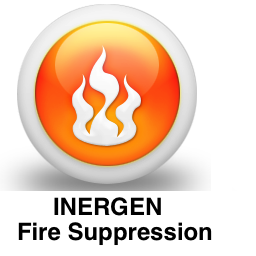
INERGEN fire suppression systems - IG541. This gas is a mix of 50 Argon, 42% Nitrogen and 8% CO2. Reduces oxygen levels to between 12-14%
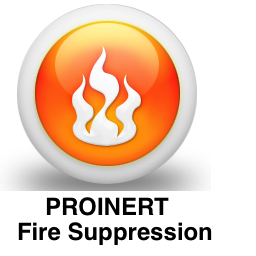
PROINERT fire suppression systems - Low pressure IG55. This gas is a mix of 50 Argon, 50% Nitrogen. Reduces oxygen levels to between 12-14%
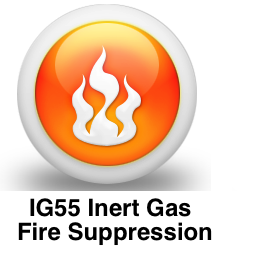
IG55 fire suppression systems. This gas is a mix of 50 Argon, 50% Reduces oxygen levels to between 12-14%
Method 2 - Chemical/Synthetic gas fire suppression systems for server room and Data Centres - based on cooling

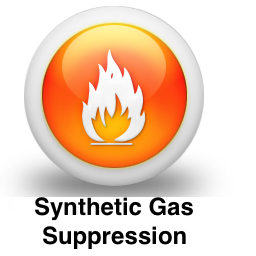 Most Chemical/Synthetic fire suppression agents have some form of cooling mechanism. These systems generally use less gas and do not significantly reduce oxygen levels. However, as any synthetic or chemical agent, high doses can be toxic, therefor correct designs are absolutely necessary.
Most Chemical/Synthetic fire suppression agents have some form of cooling mechanism. These systems generally use less gas and do not significantly reduce oxygen levels. However, as any synthetic or chemical agent, high doses can be toxic, therefor correct designs are absolutely necessary.
Synthetic fire suppression systems will deliver its payload within 10 seconds
Will less cylinders and in some cases the cylinders are larger than inert gas cylinders
Low pressures are used only 25 Bar and 42 Bar
Will require pressure relief venting for both negative and positive pressures during discharge
Common names for synthetic agents are FM200, Halon, Novec1230, Ecaro, HFC227ea and HFC125
Direct links to inert gases below:-
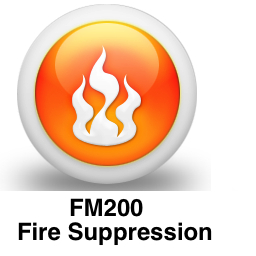
FM200 fire suppression systems - HFC227ea. Concentration levels of 7.9% - 8.5% :- Works by Reducing/Absorbing heat.
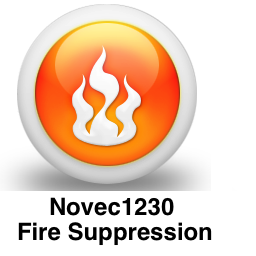
Novec 1230 fire suppression systems - FK-5-1-12. Concentration levels of 5.3% - 5.6% :- Works by Reducing/Absorbing heat.
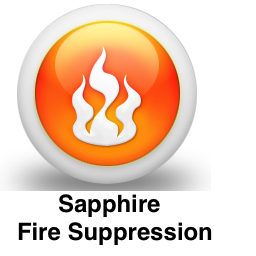
Sapphire fire suppression systems - FK-5-1-12. Concentration levels of 5.3% - 5.6% :- Works by Reducing/Absorbing heat. also known as Novec 1230
A typical server room will require :-

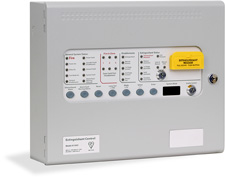
 Fire Suppression Control Panel
Fire Suppression Control Panel
A Fire suppression control panel, this is generally made up of two to three fire zones, a gas release button, Auto and Manual key switch and built in batter backup (for power failures)
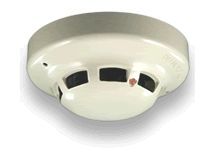
Smoke Detection
A minimum of two smoke detectors, irrelative of the room size.
Smoke detectors must be located in all voids, i.e. room, ceiling and floor voids

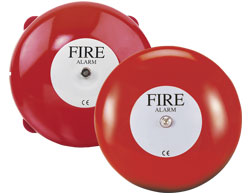 Audible Alarms
Audible Alarms
Bells and Souders, these will indicate an audible alarm for fire which has been detected in the room and alarm warning of an imminent fire suppression gas release
 Warning Signs:-
Warning Signs:-
Warning signs on doors that you are about to enter a fire suppression controlled area
Warning signs showing manual gas release points
Pressure relief
Pressure relief venting to compensate for both negative and positive pressures during a gas discharge.
HOW MUCH WILL A FIRE SUPPRESSION COST >>> Click here
More Information on fire suppression systems below:-


